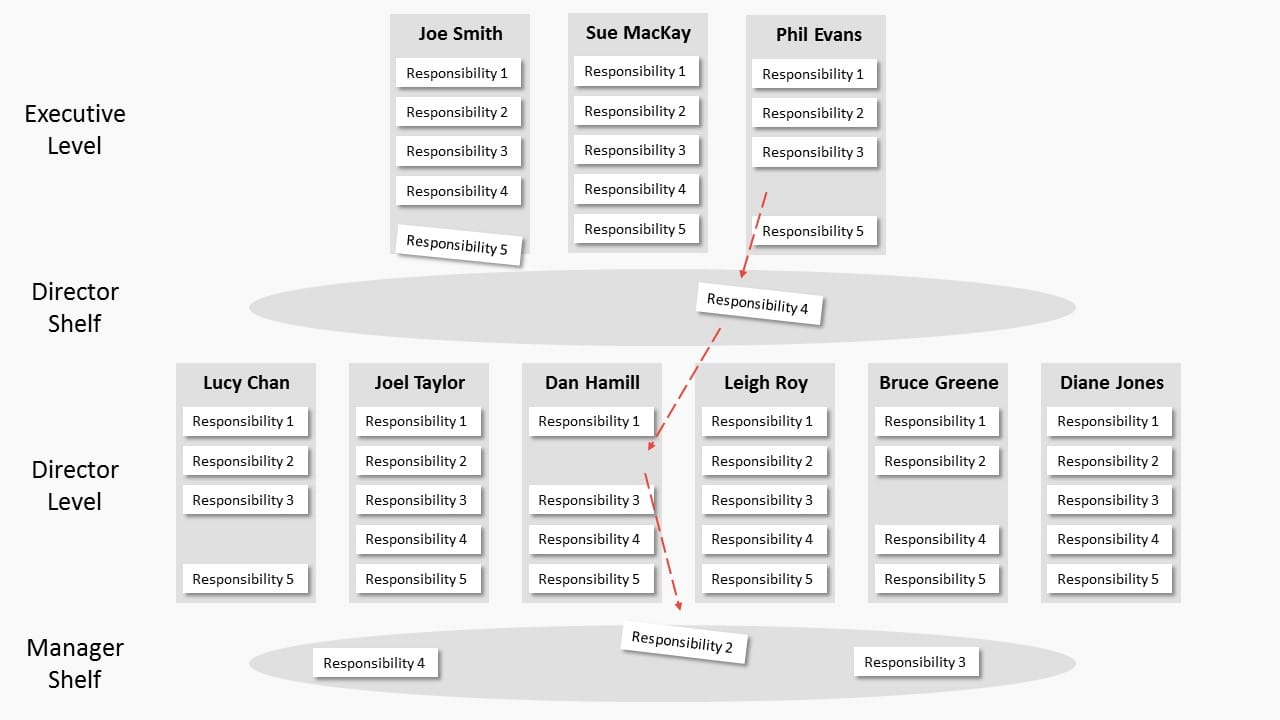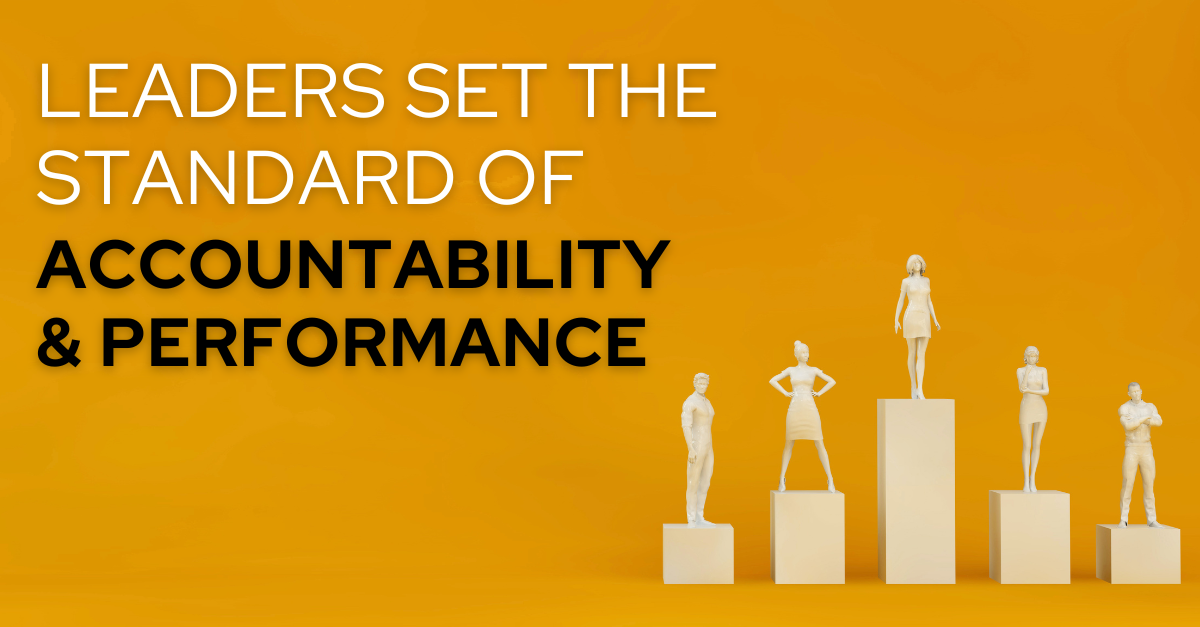Have you ever wondered how you can convince your best employees to stick around long enough to be able to include them in your company’s long-term plans? Do you ever feel like your younger employees have the attention span of a gnat, that they are constantly looking to chase the next shiny object (AKA “job offer”)? If you can relate, you’re in good company. Many baby-boomer and Gen-X executives that I speak to feel like their efforts to keep their young talent engaged are about as effective as nailing Jell-O to the wall.
The knee-jerk reaction to millennials well-earned reputation as job-hoppers is to label them as impatient and entitled. This may be true for some, but for most, their apparent restlessness is rooted in a basic human need. Like everyone, millennials want to know that their company truly cares about them personally. And when they don’t ‘feel the love’, they either follow their heart out the door, or worse. One millennial describes it this way: “Treat me like a number? I’ll return the favor. This job will quickly become nothing more than my rent payment.”
What Does It Take To Keep Millennials Engaged?
Millennials are now the largest generation in the workforce, and they’re also the least engaged. That’s a disturbing trend that begs an explanation. In a large-scale study on millennials, Gallup researchers came to the following conclusion: “Many millennials likely don’t want to switch jobs, but their companies are not giving them compelling reasons to stay.”
Unlike past generations that consistently ranked compensation as their top priority, millennials actually place opportunities to learn and grow ahead of income. Millennials are essentially saying: “If my company truly cared about me, they would develop me.”
[bctt tweet=”Many millennials likely don’t want to leave, but their companies aren’t giving them compelling reasons to stay.” via=”no”]
A common criticism of millennials is that they expect advancement opportunities unrealistically soon. Let’s think about that.
Ask yourself this question: how many times in your career were you stuck doing work that was far below your pay grade? It probably felt frustrating and demeaning, didn’t it? It shouldn’t come as a surprise that millennials feel the same way.
Past generations of workers were perhaps more willing to play the “pay your dues” game established by the ‘old boys club.’ Millennials aren’t so willing. They expect their career to progress based on merit, not seniority. They expect that once they have mastered one task or responsibility that they will be given more challenging work, instead of waiting for months or years for a new position to open up.
Is this a bad thing? No, this is a great thing! Consider how much money your current or previous company was wasting while paying you to do work that could have been done by someone being paid half as much. Now multiply those wasted salary dollars by every employee in the company that was doing work below their pay grade. Millennials so-called impatience is shining a light on the massive amount of money that companies are throwing away by failing to pass meaningful work to less senior but highly capable employees.
Next question: is this an impossible ask by millennials? That depends on how willing your company is to fit jobs to people rather than the other way around.
[bctt tweet=”Millennials are essentially saying: If my company truly cared about me, they would develop me.” via=”no”]
Think Outside The Box
HR departments often expend an unwarranted amount of time bundling work into static boxes called “job descriptions.” This practice is a relic from a bygone age when business moved much more slowly and job responsibilities rarely changed. The reality today is that jobs tend to morph quickly and organically rather than by design.
See if any of these scenarios sound familiar.
- The conscientious executive assistant notices that new hires seem a bit lost so she takes it upon herself to create a staff directory. Before she knows it, people expect her to continue updating the staff directory.
- The director of corporate social responsibility ends up spending most of his time scheduling and rescheduling meetings for the top execs rather than on what he was hired to do, which is forming community partnerships and looking for joint venture opportunities.
- The EVP asks the already overworked recruiter if she can organize the staff luncheon “just this one time.” But guess who is asked to organize the next one… and every one thereafter?
The examples described above happen all too often in business today.
[bctt tweet=”Opportunities for advancement need not be entirely new jobs. ” via=”no”]
It’s ironic that while the situations described above are transpiring, business leaders in many companies are throwing up their hands saying that there just aren’t enough opportunities for advancement to appease these demanding millennials. This thinking is trapped inside the box of believing that opportunities for advancement can only be whole jobs. Opportunities for advancement need not be entirely new jobs. Try thinking of opportunities for advancement in terms of responsibilities that can be traded like playing cards (see graphic below).
Here’s how it works when you fit jobs to people:
- Task-based job descriptions are out. When you fit jobs to people, you need to think in terms of responsibilities. Tasks are activity based. Responsibilities are outcome based. People are far more motivated, effective and empowered when they own an entire responsibility.
- The reasons for moving responsibilities off of someone’s plate are:
- If they have mastered the responsibility and they need more bandwidth to take on more complex or strategic work.
- If the responsibility requires strengths that the incumbent does not remotely possess or is interested in acquiring. (read this article for further clarification)
- If someone at a lower level in the organization is clearly more suited to own the responsibility.
- See the graphic below. Executive Phil Evans has mastered one of his responsibilities: writing the executive summary of the quarterly report to the board. Phil recognizes that someone else could benefit from taking this responsibility on, so he puts the responsibility on the “Director’s Shelf.” (Phil continues to own this responsibility until he hands it off).
- Every executive and manager in the company meets with their staff individually each quarter to discuss their staff’s career development. During Dan Hamill’s career development discussion with his boss Sue MacKay, Sue mentions that Phil is prepared to let go of his responsibility of writing the executive summary to the board. Dan jumps at the opportunity to take on more strategic work, but he doesn’t have time to take anything else on.
- Sue remarks that Dan has been chairing the monthly quality meeting for years. Dan is hesitant to give it up because he gets a lot of satisfaction from doing it. But Dan realizes that in order for him to progress in his career, he needs to take on more strategic work, so he agrees to put this responsibility on the Manager’s Shelf.
- Sue brings the preliminary plan to the company’s quarterly “People Strategy Meeting” to discuss with the Talent Committee (for further reading on People Strategy Meetings, see my book Succession Planning That Works). The committee approves the change. Phil and Dan work out a schedule for Phil to train Dan on writing the executive summary.
- Dan does the same for the manager selected to chair the quality meeting.
(Click image to enlarge)
Benefits Of Thinking Outside The Box
Why not implement a system that acknowledges the reality of fluid job responsibilities and enables these responsibilities to be owned by the people who will most benefit from doing them? Here’s why you should:
[bctt tweet=”Truckloads of salary dollars will be saved as work is passed down to less senior, highly capable people.” via=”no”]
- Employee engagement will soar when people feel their talents are being fully utilized and appreciated.
- Truckloads of salary dollars will be saved as work gets logically and efficiently passed down to the lowest possible level in the organization.
- Busy executives will have a mechanism to help them delegate responsibilities so they can spend their time on more strategic work.
- The organizational IQ will increase dramatically as people are given more opportunities to learn new skills.
- Use of this system will result in the natural development of a talent pool of the most promotable employees across the company.
- Succession planning and career development become much easier because employees won’t have to wait for whole positions to become available before they can advance their career.
- The organizational stress level will decrease because nobody is doing work that they shouldn’t.
- People’s unique strengths can be taken full advantage of by aligning work to their strengths rather than shoehorning people into fixed job descriptions.
- The organization will be able to ‘try out’ more people in entry-level positions who are eager to show the company what they can do.
______________________________________________________________________________________
Do you want to see how this could work in your organization? Let’s talk.






